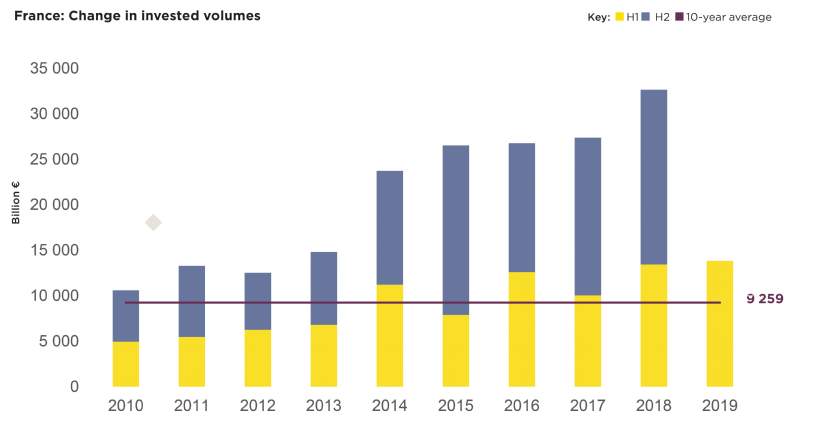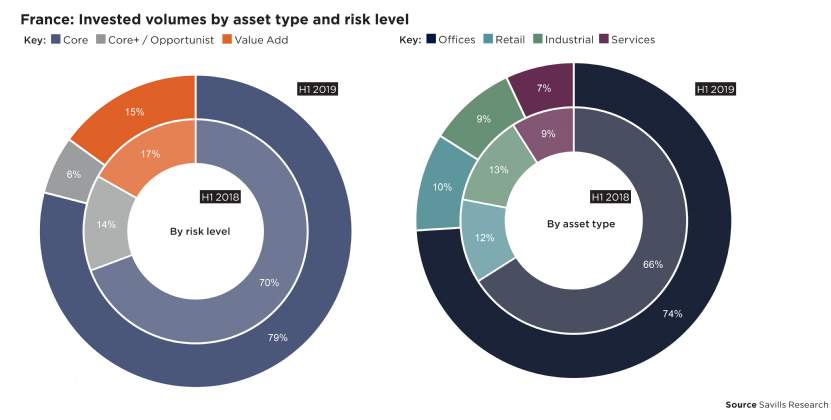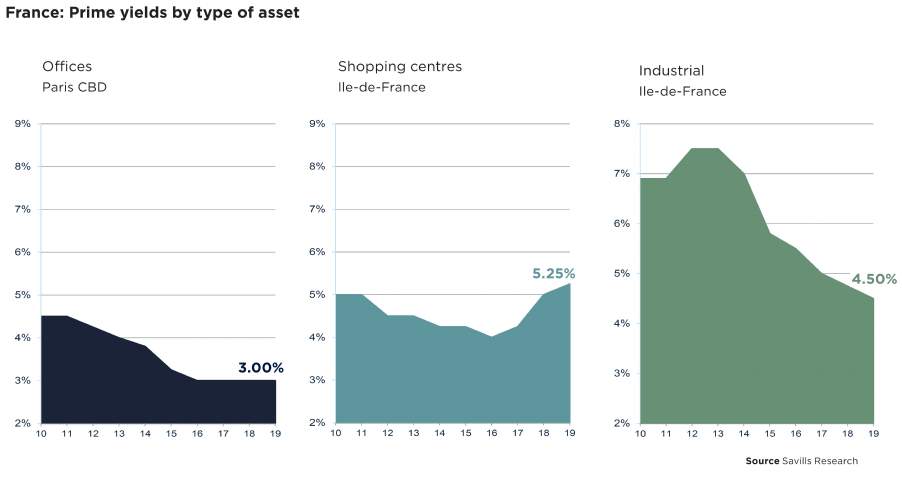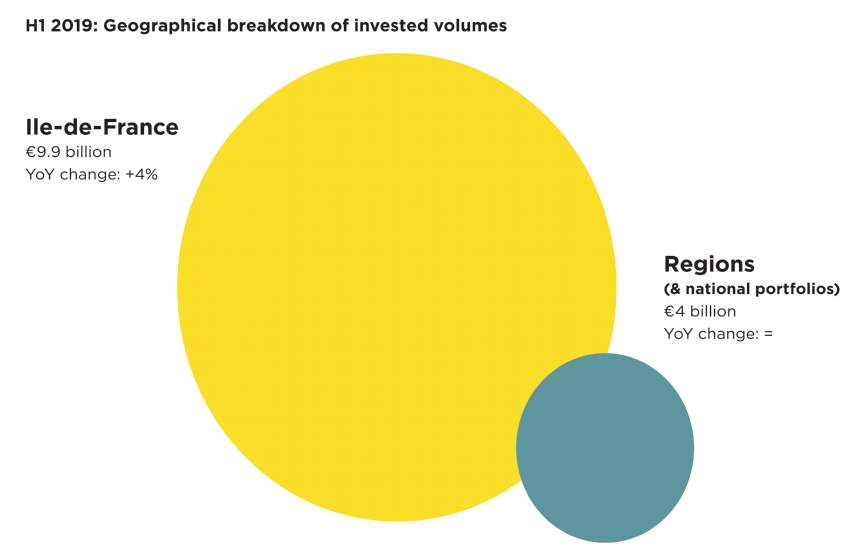The international landscape has not changed since the beginning of the year, when the IMF called for a cooperative and rapid resolution of disagreements between states, as opposed to the steady accumulation of uncertainties and trade barriers. This was, in its view, the top priority for growth. The least we can say is that the IMF has not yet been heard. The Brexit deadline was postponed in extremis to October 2019, without the slightest progress having been made, and while many political hesitations persist on the part of both the EU and the UK. Transatlantic and transpacific trade tensions have exacerbated, and all future moves continue to be unpredictable. Fears over the oil price are linked to events in the Strait of Hormuz and announcements by the United States, which wants to turn off the Iranian tap completely. Logically, in this volatile environment, the global economy is treading water.
Over the months, the IMF and the OECD have revised down their growth forecasts. Both institutions now expect global GDP growth of between just 2.7% and 3.2% for 2019 and between 2.9% and 3.4% for 2020.
The eurozone is set to grow by just 1.3% in 2019 and by between 1.5% and 1.6% in 2020, as a consequence of poor results in Italy (0.1% in 2019 and 0.8%-0.9% in 2020) and the deterioration of the situation in Germany (0.7%-0.8% expected in 2019 and then 1.4%-1.7% in 2020).
For its part, the UK is suffering from the Brexit-related uncertainties, with GDP growth expected at between 1.2% and 1.3% in 2019 (temporarily inflated by inventory build-up by companies in anticipation of the country's withdrawal from the European Union) and then 1.4% in 2020.
In this environment, it appears that France has been relatively spared. Growth forecasts are now 1.3% for 2019, with a stable outlook for 2020 (1.4%). Such results would place it in the eurozone average. This consolidation of the French outlook is explained by lower exposure to fluctuations in international trade than its main partners. It is also paradoxically due to the "yellow vests" movement, which, after having a limited negative impact at the end of 2018 and the beginning of 2019, led to measures boosting purchasing power. The pick-up in household consumption is set to continue gradually, once the latency period needed to rebuild precautionary savings is over. Household confidence has also rebounded sharply since the start of 2019. This positive outlook will have logical repercussions for business investment.
The French economy should therefore continue to create an increasing number of jobs: INSEE forecasts 241,000 in 2019, following the 182,000 seen in 2018. Unemployment will continue on its downward trend (-0.4% in the first half of 2019), to end the year at a level close to 8.3%.
This economic resilience, added to political stability, means that France is running like clockwork. This is likely to be an appealing factor in the current context of international volatility.



